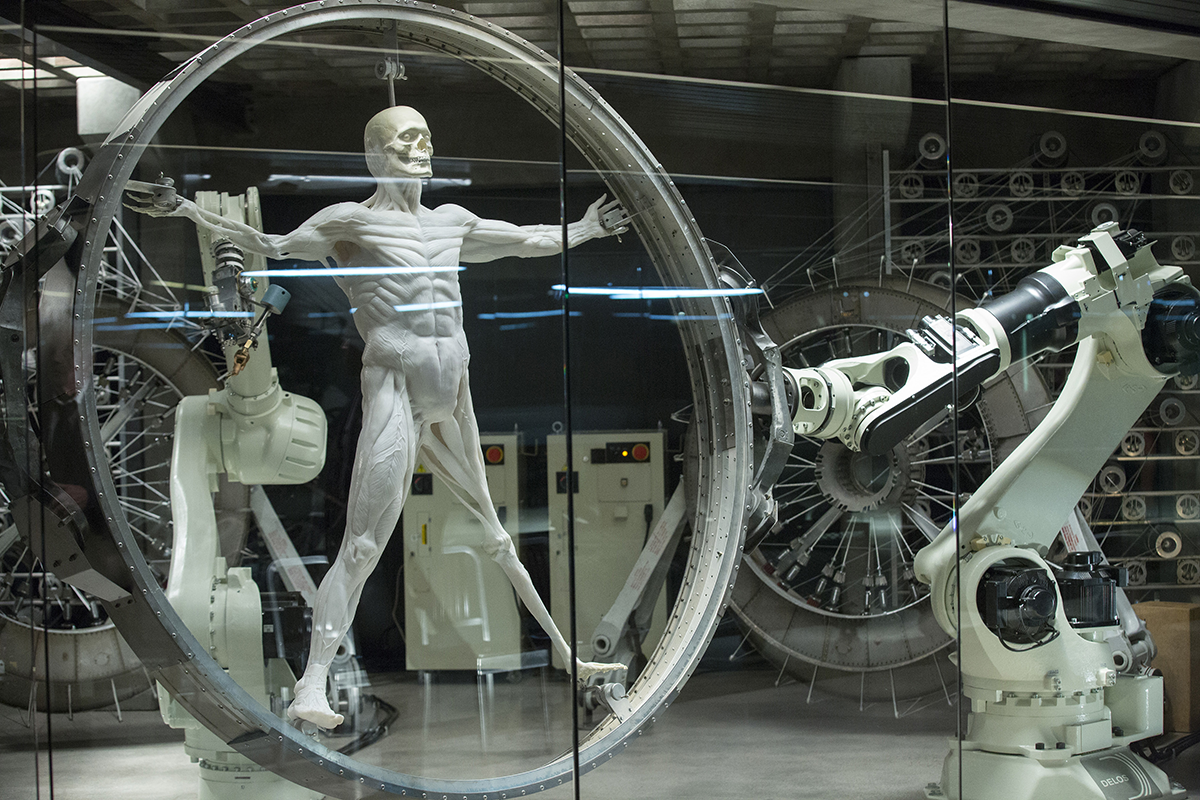Special Topics in the Humanities: Living Sculpture: Miraculous Statues and Automata from Antiquity to the Present

Why is the dream of the living statue so persistent? From ancient myth to modern science fiction, the artificial animated body has been an object of endless fascination for storytellers, artists, philosophers, and engineers alike. In the Iliad, we read of the autonomous golden maidens (kourai khryseai) built by the Greek god Hephaistos. At the end of the 15th century, Leonardo da Vinci was imagining a mechanical knight (automa cavaliere). In 2017, Sophia—who Hanson Robotics says "personifies our dreams for the future of AI"— became the first non-human to receive citizenship. Wherever they appear, artificial animated bodies provide an opportunity to reflect on complex philosophical, theoretical, and ethical issues.
This course takes a broad chronological and geographical approach to the history of an idea that is deeply embedded in popular culture and that has ever-increasing implications as technological advances continue to test the human/machine boundary. Through an examination of artifacts, images, primary sources, and current scholarship, we will use the concept of animated sculpture as a vehicle to investigate profound intersections between the natural and the artificial. Students will engage with fundamental theoretical art-historical concepts such as mimesis, simulacra, iconoclasm, fetishism, performance, and agency while exploring the entwined histories of art and technology.
HISTART Distribution Requirements: Medieval and Early Modern, Europe and the U.S.